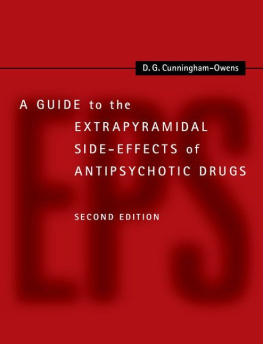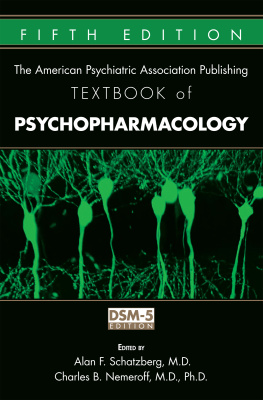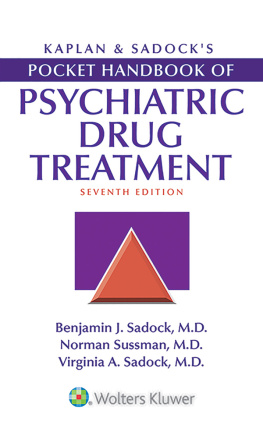University Printing House, Cambridge CB2 8BS, United Kingdom
Published in the United States of America by Cambridge University Press, New York
Cambridge University Press is part of the University of Cambridge.
It furthers the Universitys mission by disseminating knowledge in the pursuit of education, learning and research at the highest international levels of excellence.
www.cambridge.org
Information on this title: www.cambridge.org/9781107022867
D. G. Cunningham Owens 2014
This publication is in copyright. Subject to statutory exception and to the provisions of relevant collective licensing agreements, no reproduction of any part may take place without the written permission of Cambridge University Press.
First edition first published 1999
Second edition first published 2014
Printed in the United Kingdom by Bell and Bain Ltd
A catalogue record for this publication is available from the British Library
Library of Congress Cataloguing in Publication data
Owens, D. G. Cunningham (David Griffith Cunningham), 1949 author.
A guide to the extrapyramidal side-effects of antipsychotic drugs / D. G. Cunningham Owens. Second edition.
p. ; cm.
Includes bibliographical references and index.
ISBN 978-1-107-02286-7 (hardback)
I. Title.
[DNLM: 1. Basal Ganglia Diseaseschemically induced. 2. Antipsychotic Agentsadverse
effects. 3. Extrapyramidal Tracts--drug effects. 4. Neurotoxicity Syndromes. WL 307]
RM333.5
615.7882dc23 2013039676
ISBN 978-1-107-02286-7 Hardback
Cambridge University Press has no responsibility for the persistence or accuracy of URLs for external or third-party internet websites referred to in this publication, and does not guarantee that any content on such websites is, or will remain, accurate or appropriate.
Every effort has been made in preparing this book to provide accurate and up-to-date information which is in accord with accepted standards and practice at the time of publication. Although case histories are drawn from actual cases, every effort has been made to disguise the identities of the individuals involved. Nevertheless, the authors, editors and publishers can make no warranties that the information contained herein is totally free from error, not least because clinical standards are constantly changing through research and regulation. The author, editors and publishers therefore disclaim all liability for direct or consequential damages resulting from the use of material contained in this book. Readers are strongly advised to pay careful attention to information provided by the manufacturer of any drugs or equipment that they plan to use.
Preface to the second edition
To wait fifteen years for the second edition of any textbook does not speak of the unbridled success of the first. In fact, for a specialist piece in a circumscribed area, the first edition on the present subject did, from the authors perspective at least, gratifyingly well, both in terms of reviews and sales. There is, however, little reward in devoting the effort required to produce a work of this sort (especially when, in academic appraisal terms, books hardly register compared to original research) if fashion has turned against ones topic.
For the past decade, the extrapyramidal side-effects (EPS) of antipsychotic drugs have certainly been out of fashion up there with flared jeans and disco music. Definitely not cool! With the age of atypicality, metabolic issues assumed an ascendancy in the literature that mirrored the decline in EPS. And why should the average practitioner view EPS as anything other than historical exotica when airport departure lounges were clogged with opinion leaders flying the world to spread just that message? A second edition seemed hard to justify.
I was, once upon a time, one of those opinion leaders, presenting an upbeat optimism on the subject of EPS tolerability with the new, exciting atypical drugs until, that is, I became increasingly concerned that the message I was conveying to my colleagues was not entirely consonant with the one my patients were imparting to me. EPS may have slipped beneath consideration elsewhere on the planet, but in the City of Edinburgh, they still seemed to show themselves with brazen disregard to whether antipsychotic choices were typical or atypical. It is true that the bent and shuffling old folk in their twenties who formed the backdrop to my early years in psychiatry seemed to have melted away but was this novel pharmacology or more prudent therapeutics? Looking beyond the marketing blurbs, it became as hard to see the pharmacological revolution as it was to ignore the intrusive shades of long-time neurological companions.
EPS have not gone away. Of course, the original efficacy studies for newer antipsychotics never claimed they would only that the liability seemed to be reduced. But over the past few years, a number of pragmatic effectiveness studies have shaken even that assertion. The fact is that EPS are alive and well and living within the profiles of all currently available antipsychotic compounds (and a number of other drug types besides). Indeed, there is an argument presented in the present volume that so long as dopamine antagonism is the target anti-psychosis action, they may to some extent be inevitable. It just depends on how wide you draw the boundaries and how closely you are prepared to look.
So it is time to raise the standard once again and come out fighting to nudge and jostle EPS back to their rightful position at the centre of riskbenefit appraisals for the use of antipsychotic drugs, and hence as issues of paramount importance to all those who prescribe and monitor these, and other, compounds that disrupt nigrostriatal dopamine function. This is nowadays a sizeable constituency. It is not just psychiatrists who need to be alert, but neurologists, primary care physicians, gastroenterologists, geriatricians and those involved in emergency medicine and intensive care, plus a wide range of non-medical professionals, such as community nurses and pharmacists who monitor, and in some countries also themselves prescribe, such compounds.
Second editions usually involve a degree of updating, little more. The present work has, however, been substantially (>80%) rewritten. A decade and a half is a long time in medical research and would, in itself, justify more than mere tinkering. What is striking, however, is the change in the landscape available for review now, compared to the late 1990s. Over the past decade or two, basic research on EPS has shrunk to a trickle compared to its heyday in the 1980s and early 1990s, with psychiatry contributing just the occasional splash. This can only have come from a genuine belief that the problem was over, the risks ameliorated. If so, it is ironical that such evaporation of interest should take place when so much has been happening in movement disorders in general, for there was a time when the two were inextricable research in the drug domain feeding into research on idiopathic disorders, and vice versa. It is less the new material we have on EPS that justifies a rewrite than this expansion on the neurological front, which brings large cuts of comparative meat to the table to be pondered.












